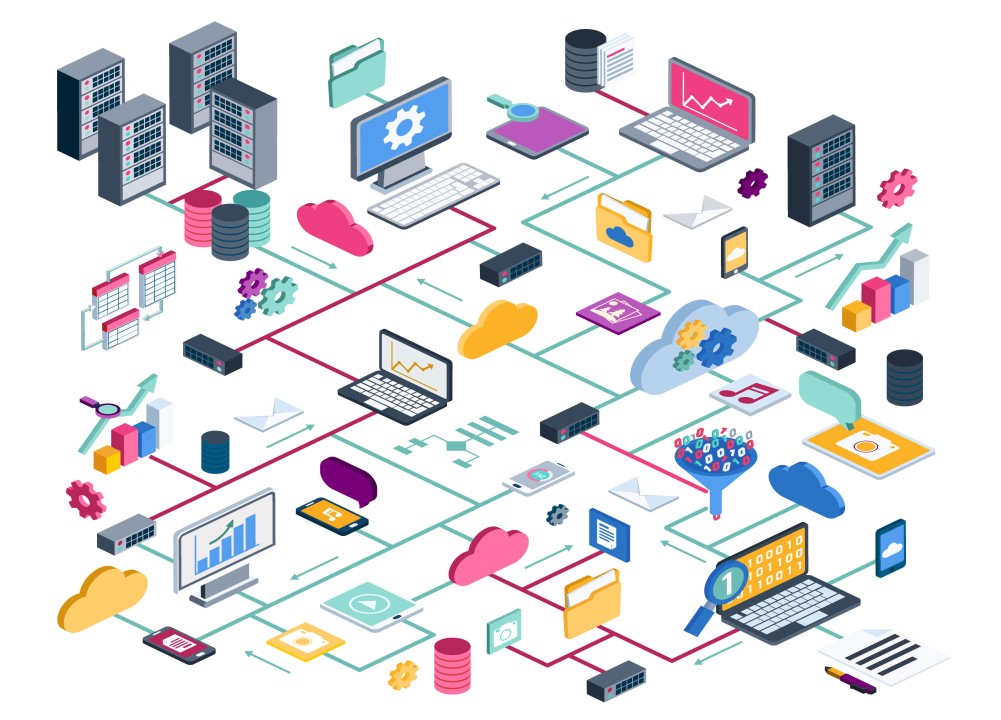Project Designing

Collaborate with stakeholders to understand their requirements, objectives, and challenges.

Architecture serves as a blueprint for a system. It provides an abstraction to manage the system complexity and establish a communication and coordination mechanism among components.

Database design can be generally defined as a collection of tasks or processes that enhance the designing, development, implementation, and maintenance of enterprise data management system.

User interface is the front-end application view to which the user interacts to use the software. The goal of this phase is to define the set of interface objects and actions.

Security by design is a software development approach that integrates security measures into the design and architecture of a system or application from the beginning of the development process.

Performance design in software development is the process of designing a software system to be efficient and responsive, while also delivering a smooth user experience.
Course Delivery Methods
- Lectures and Readings: For theoretical understanding.
- Hands-on Workshops: Practical application of design principles and tools.
- Group Projects: Collaboration and real-world problem solving.
- Guest Lectures: Industry experts sharing their insights.
- Online Resources: Videos, articles, and additional readings.
Assessment Methods
- Quizzes and Exams: To test theoretical knowledge.
- Assignments and Projects: Practical application and problem-solving.
- Presentations: Communication skills assessment.
- Capstone Project: Comprehensive evaluation of all learned skills.
Summary
This curriculum is designed to provide a thorough understanding of software project designing, combining theoretical knowledge with practical skills. By the end of the course, students should be well-prepared to design and manage software projects effectively, using industry-standard tools and methodologies.

